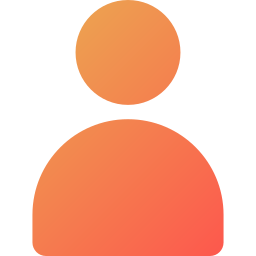(the above poster was designed by Janice Tseng 4B)
Inspiration came from...
- students' pet-keeping experience
- recent news regarding culling of over 2000 hamsters
- students' research on animals, people in need and COVID-19
"We like animals!" "We want to help the animals!"
Voices like these were often heard from our students amid our DreamStarter meetings.
But where to start? what kinds of animals ? What kinds of help?

Not only are the pet owners but our students are also heart-broken at hearing this news.
"What if 'hamsters today, our dogs/cats tomorrow'?", we asked ourselves.
None here can bear to see our beloved pets being culled due to coronavirus.
In light of the worrying situation, we set out more concrete plans on helping the animals.
We found that apart from pet owners, children with SEN e.g. Autistics are also in close contact with animals. Animals to them are not merely pets but intimate companions which provide everyday support and essential trainings for them.
"The virus that causes COVID-19 can spread from people to animals during close contact." (Source: Centre for Disease Control and Prevention)
Nonetheless, two years into the pandemic, children with Autism are still struggling to live under pandemic because it is extremely difficult for them to adapt to the new normal. We are therefore concerned that their service dogs might also be in dangers if knowledge and protective measures were not passed on to those children.
Therefore, our preliminary plan is to design a flip-book to educate the children with Autism on how to protect themselves against COVID-19 meanwhile also protecting their service dogs.
What social problems do we solve ?



How do we start from scratch and our challenges?
- Everything comes down to EMPATHY
Our students have learnt that being empathetic is the core to any helping solutions. In online classes, different videos were played and a personal story was shared by the teacher for discussion.

Having watched the videos and done the background research, our students were able to pinpoint the pain points of the targets and came up with several crazy ideas to help them.

In November and December, our students have even joined two "Empathy interviews' to practise how to find out the pain points of the target groups by asking questions! (unfortunately photos can't be posted here)
2. We "ideate" different solutions
Here comes our first challenge. Our students' opinions were divided. Half wanted to help the animals while half wanted to help the disabled. We struggled which to be ruled out for both target groups have won their favours among us.
What resources do we need ?

Professional illustrators to edit our flip-book

Skills on making a short animation based on the flip-book.

Support from pets' shops to offer souvenirs/discount to the family of children with Autism who have carried out the protective measures
who are we ?

4A01 CHAN Ching Hang (Lucas) 陳正衡
4A07 CHU Hoi Lam (Kaitlyn) 朱凱琳
4A16 LEE Yuen Wah (Chanel) 李宛樺
4B13 LAU Chi Tung 劉治彤
4B19 TSANG Kei Yan (Janice) 曾紀恩
4C18 LUI (Arthur) Tsz Hei 雷梓桸
5A06 CHEUNG Yan Yu (Bernice) 張恩語
5B01 CHAN Chun Ting (Aidan)陳晉霆
5B15 MAN Hok Shun (Moses) 萬學信
6A05 CHEUNG Ngai Hin (Loui) 張詣軒
6A11 LAM Yung Pak (Nathan) 林容柏
6B08 KONG Tsz Ching (Venus) 江芷晴
6C04 CHOY Pak Loi 蔡柏來
6C09 LAI Ka Yin (Gabrielle) 黎家言
Ms Chan Sze Ying 陳思盈老師



